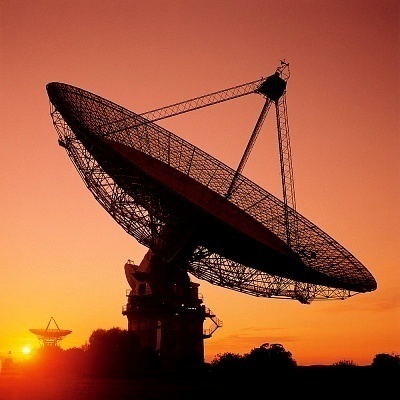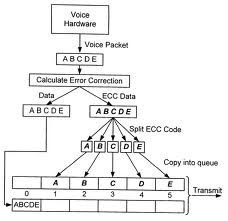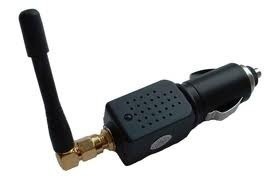The major types of satellite dishes include motor-driven dishes, multi-satellites, VSAT, and ad hoc satellites. Other types include DTH, SMATV, CABD, automatic tracking satellite dishes, and big ugly dishes.
A motor-driven satellite dish is mounted on a pole which rotates around an axis to detect and receive various satellite signals in the sky. It is driven by a stepper motor, which can also be controlled to face any satellite position in the sky. It’s standards, DiSEqC, USALs, and 36v positioners are supported by many receivers.
DiSEqC stands for Digital Satellite Equipment Control. It is a communication protocol specially designed to be used between a satellite receiver and a device that may be a multi-dish switch or a small antenna rotor. USALS, or Universal Satellite Automatic Location System, is a satellite dish motor protocol that can automatically create a list of available satellite positions in a motorized satellite dish setup. It is also known as DiSEqC 1.3, Go X, or Go to XX.
Multi-satellite dishes can pick up data transmissions from several satellite dishes at the same time. Its design enables simultaneous reception from multiple different satellite locations without having to reposition the dish.

A VSAT (Very Small Aperture Terminal) is a 2-way satellite ground station that provides two-way satellite Internet communication for consumers and private networks. It is commonly used to transmit narrowband data (credit card, polling, or radio-frequency identification) or broadband data (satellite Internet access to remote locations, VoIP, or video).
Satellite operators configure VSAT networks in topologies. A star topology means the VSAT network uses a central uplink site to transmit data to and from each VSAT terminal via satellite. A mesh topology, on the other hand, minimizes the need for a central uplink site because VSAT terminals are allowed to relay data via satellite by acting as a hub to another terminal.
Ad hoc satellite dishes are used mainly as recipient reflector antennas of radio frequencies. It is easier to pick up signals on ad hoc satellite dishes when used with a DTH (Direct to Home) satellite.
DTH dishes are used in a single residence. SMATV, or Satellite Master Antenna Dishes, on the other hand, are shared among numerous dwellings. It is also called Communal Antenna Broadcast Distribution (CABD).
ATS (Automatic Tracking Satellite) dishes are used in vehicles in motion. They use gyroscopes to detect changes in position and Global Positioning System (GPS) sensors. Automatic tracking dishes use satellite identification data and an integrated Digital Video Broadcasting (DVB) decoder to identify the satellite it is pointing to.
The term “big ugly dish” is a colloquial term for a TVRO (Television Receive Only) satellite dish. The term refers to its large-sized receiving dishes. TVRO dishes are used to receive satellite television signals from fixed service satellites in the microwave C-band. The system relies on unencrypted feeds transmitted using open standards.




etta.bartlett2
=
AANDREW WEKESA
I ACQUIRED AN OLD DALVI TELETRONIK DHR200PA SATELLITE RECIEVER WITH WRITINGS LIKE ‘ADDRESSABLE DECODER ON SCREEN DISPLAY’ ‘INCOMPARATING DALVI SCRAMBLING SYSTEM’ ‘ANTENNAMIKRO’ I DONT KNOW HOW TO USE IT AND IT HAS NO REMOTE CONTROL…..AM IN KENYA PLEASE COMMENT ON THIS DECODER